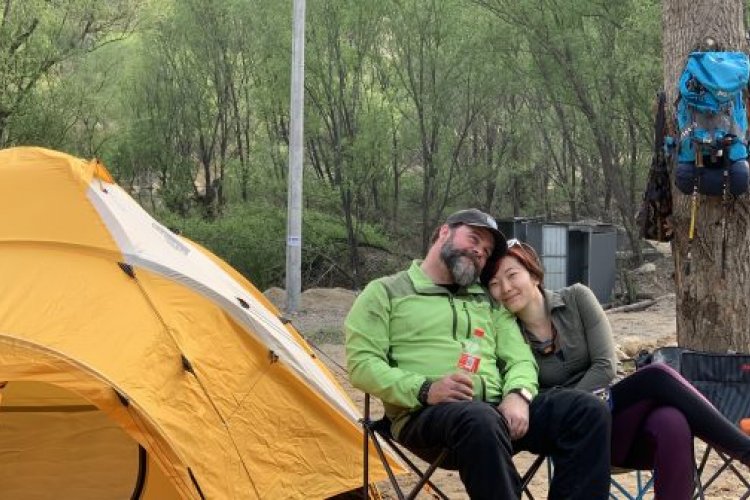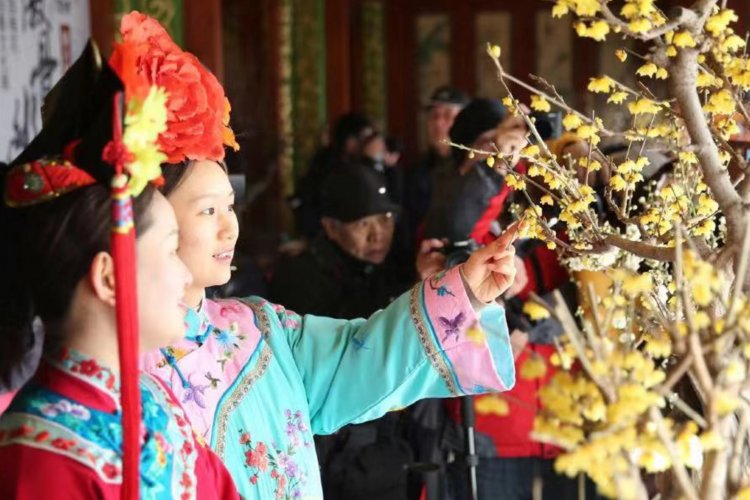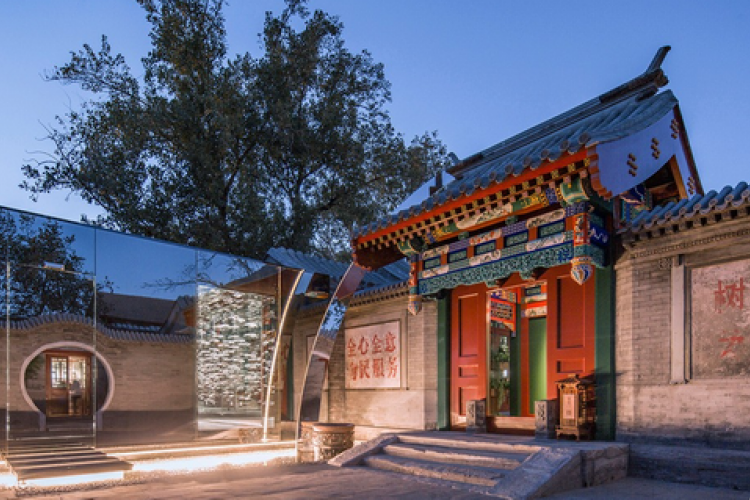Shenglian Mountain: Like Hiking Through a Textbook of Chinese History and Mythology
In case you missed it, autumn officially started last Sunday, at least according to China’s 24 solar terms and the almighty gods of retail who’ve already begun stocking their stores with this fall’s hottest fashions. And for those of you who are skeptical of centuries-old agrarian calendars or the divine hand of capitalism, even Beijing’s temperatures seem to be on board, as the following week is hovering somewhere around 29 degrees Celsius, a far cry from the punishing 40s we were subjected to over the past few months. All of which is to say that outdoor activities are about to get a hell of a lot more pleasant. So take out that day pack, dust off those hiking boots, and stretch your legs, because there’s a mountain in Fangshan that’s just waiting to be climbed.

Some 90kms (roughly a two-hour drive) west of the capital’s city center lies 圣莲山景区 shèng lián shān jǐngqū Shenglian – aka Holy Lotus – Mountain Scenic Area, a breathtaking range of karst landforms, caves, and temples belonging to both Buddhism and Taoism. In fact, Shenglian Mountain is divided down the center, with Buddhist relics and icons populating its eastern side and Taoism occupying the west. In addition to its reputation as a holy site, the mountain also served as a refuge for respected artists and high-ranking military officials who built villas into the mountain during the early days of the Republic of China. As such, the area is basically a living textbook of the country’s history and mythology, with tales of immortality and holy water quite literally flowing through its veins.

Given that the mountain has two distinct areas, it also has two distinct trails leading to its peak: 28 Wandering Path (this has multiple names depending on where you look) which charts the 28 manifestations of heavenly forms in Taoism, and Xiaoyao Valley with its gargantuan Buddha sculpture. For what it’s worth, Xiaoyao Valley is a fairly grueling hike, thus, for the casual explorer, it’s recommended that you make your way up the mountain using 28 Wandering Path, a significantly more gradual incline, and then make your way down through the valley. There’s also a pretty neat cablecar that bisects the mountain and takes visitors right up to the top while offering commanding views of the jagged, densely forested landforms below. Incidentally, I opted for walking up 28 Wandering Path, walking down it, taking the cablecar back up, and then hiking down Xiaoyao Valley which, at a moderate pace, took around five hours.

Shenglian Mountain itself is just one of many sites in the scenic area, and the showstopper is the absolutely massive Laozi statue perched near the park’s entrance. Unfortunately, however, there’s only so much time in a day and it’s all but impossible to cram everything the park offers into a few hours – not to mention an incredibly weary body by the end. So if anything, I would suggest getting there early, surveying your options, and then choosing your own adventure.

Despite being one of Beijing’s top eight scenic attractions, Shenglian Mountain Scenic Area is considerably less popular or crowded than somewhere like Fragrant Hills, but no less beautiful – especially in autumn when the maple leaves turn red and the bright yellow hues of China’s signature ginkgoes line the paths. Admittedly, it is a bit more difficult to get to than Fragrant Hills, which could explain the smaller crowds, but it’s well worth the journey.

Now for the requisite Covid-caveat: Although there were no issues getting to Shenglian Mountain Scenic Area, and there are no restrictions per se, during our return to the city center, we did have to wait in a two-hour line at the district border while police checked passports, Chinese IDs, and health kits. So, keep that in mind if you plan on going while the city deals with its recent infections.

Tickets for Shenglian Mountain Scenic Area start at RMB 60, with an additional RMB 20 required for the highly recommended shuttle that takes you from the parking lot to the foot of the mountain. Likewise, the cablecar is RMB 40 one-way or RMB 80 roundtrip, and a few other sites come at varying costs. To reserve a spot and purchase tickets, use the mini-program via WeChat ID beijingshenglianshan.
Shenglian Mountain Scenic Area
Daily, 8am-5pm. Willow Wood Water Village, Shijiaying Township, Fangshan District
市房山区史家营乡柳林水村圣莲山
READ: Too Hot for Hot Yoga? Time for AquaX and BOGA
Images: Drew Pittock







